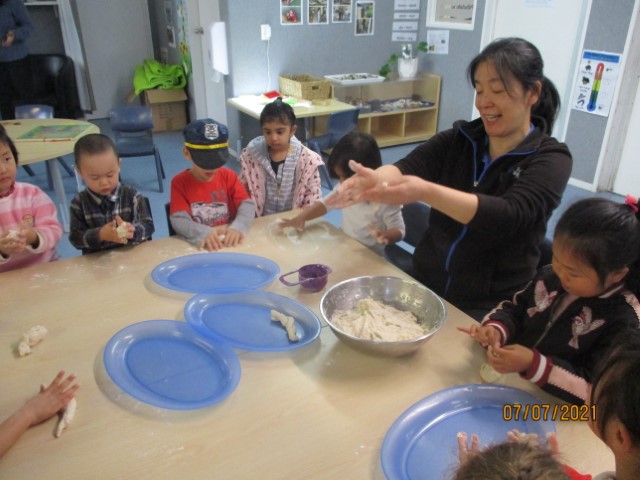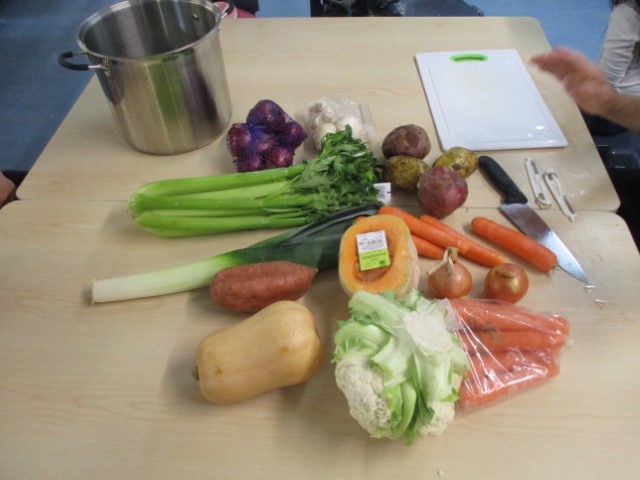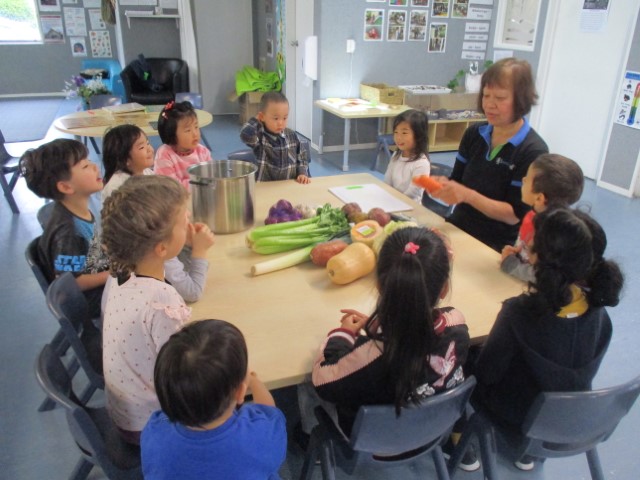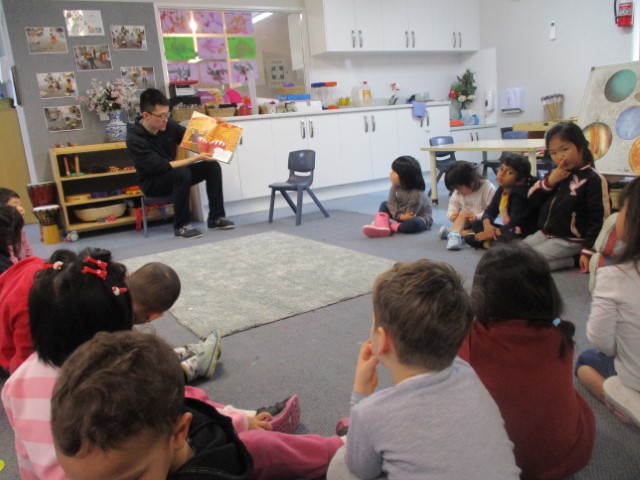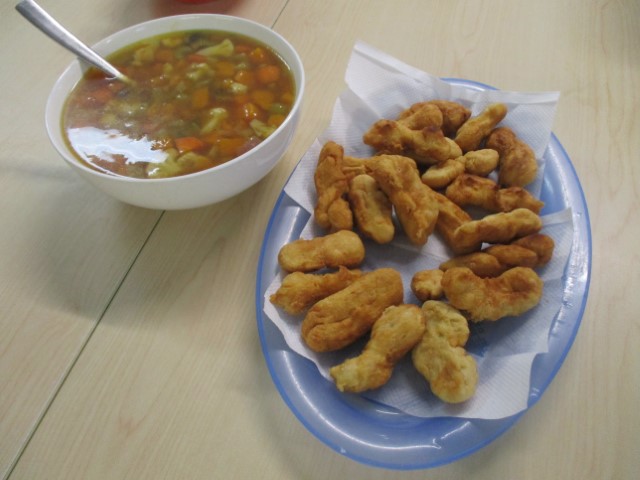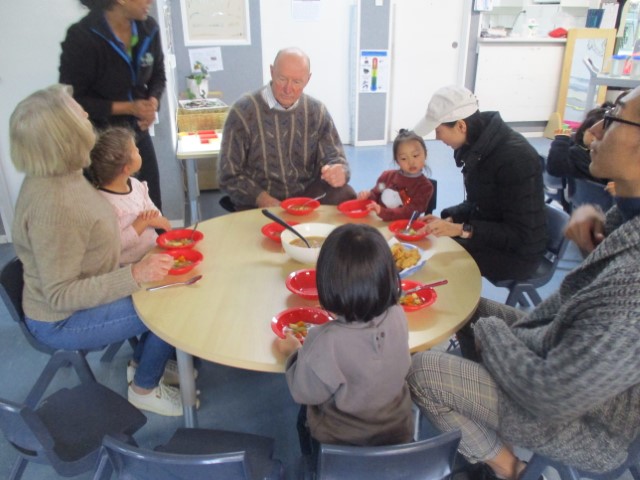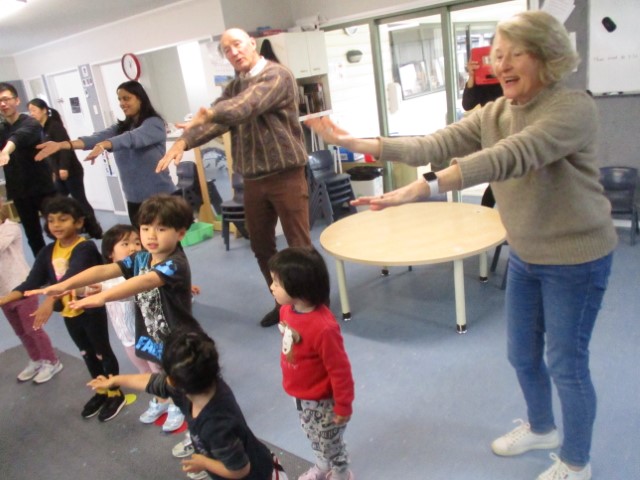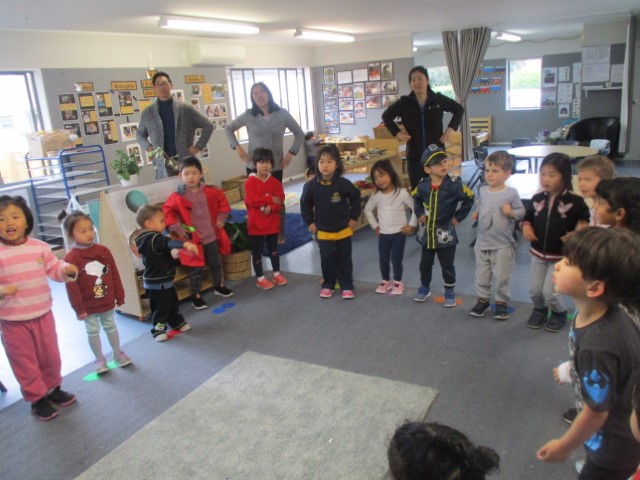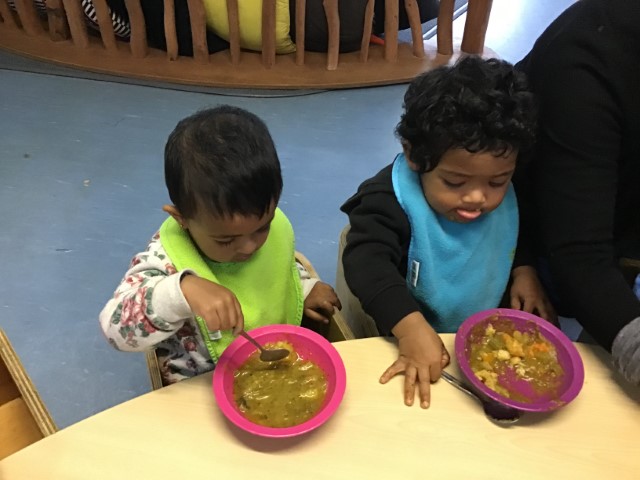LATEST STORIES
Exploring the maori culture!
At BestStart Epsom we celebrated Matariki, the Maori New Year, from 5th July to 9th July’21. Whole week children had great learning opportunities to explore Maori culture, traditions, and food. Children enjoyed singing waiata, dancing with poi wearing Maori costumes, reading books about the matariki stars and celebration with families and whanau.
Matariki is the Māori name for a group of seven stars known as the Pleiades star cluster. The rising of the stars symbolizes the coming of the Maori New Year. Our tamariki made black playdough and put glitter on it to represent the stars. Another exciting experience was making clay and paper stars, decorated with glitters to create their Pleiades stars.
On mat time teachers read the story about stars and their significance. Especially pre-schoolers were very interested in learning about the stars’ names. Matariki is the star that signifies reflection, hope, our connections to the environment, and the gathering of people. Waitī is associated with all freshwater bodies and the food sources that are sustained by those waters. Waitā is associated with the ocean, and food sources within it. Tupuārangi is associated with everything that grows in the trees. Ururangi is the star associated with the winds. Pōhutukawa is the star associated with those who have passed on. Hiwa-i-te-rangi is the star associated with granting our wishes and realising our aspirations for the coming year. Waipuna-ā-rangi is associated with the rain. Tupuānuku is the star associated with everything that grows within the soil to be harvested or gathered for food.
We concluded the celebration with having a shared lunch with our parents and whanau. Children were involved in the preparation of kai. They helped teachers in making Maori bread and vegetable soup. A big thanks to the children for bringing in vegetables to make the veggie soup. We really appreciate parents for joining in and making the celebration meaningful.
After lunch, all the teachers, children and parents learnt the moves on te reo song Nga Tamariki O Matariki. We all danced, sang and learnt together children's favourite te reo songs, such as Tirama tirama, Ma is white, and Kina Kina and did poi dancing.
We are glad see all the children learning about the Maori culture through exploring their language, music, dance, costumes, and food. We will continue to provide bi-culturism experiences to our children as part of our everyday curriculum.



